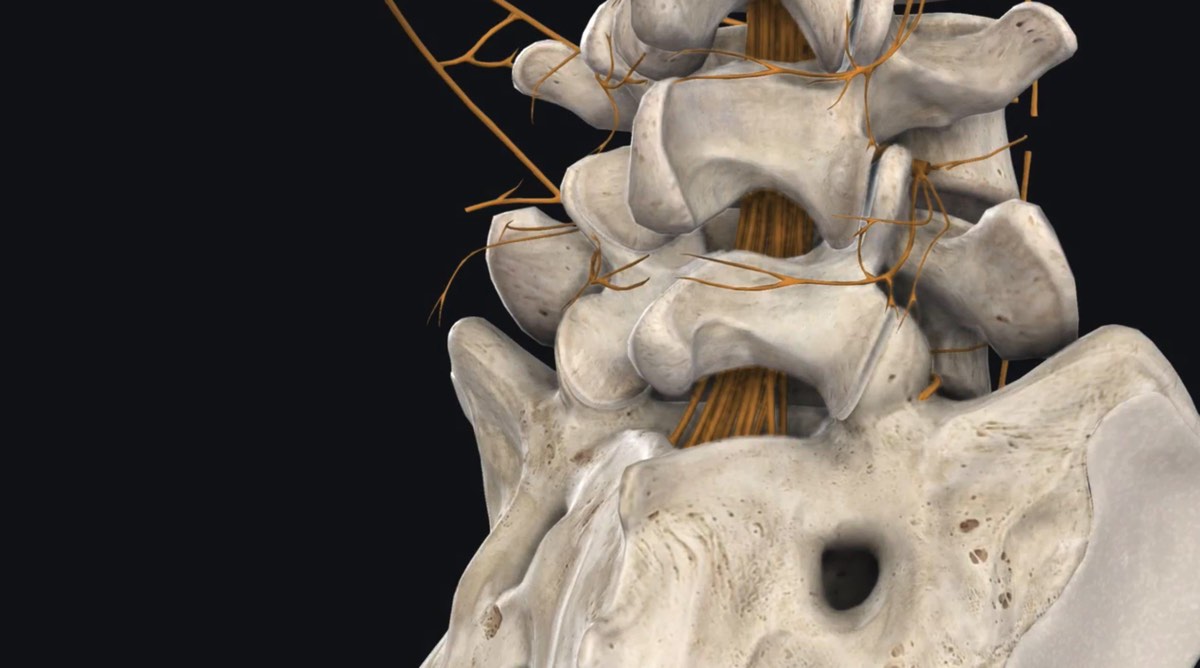NEW YORK (Reuters Health) — Arthroscopic removal of calcium deposits in the rotator cuff can be a safe and effective treatment over the long term, but should only be considered after non-operative methods fail, according to a new study.
The findings were published in The American Journal of Sports Medicine by Dr. Mohamed Taha El Shewy, of the Kasr Al Aini Teaching Hospital at Cairo University.
Many people with calcium deposits in the rotator cuff have no symptoms, and in others, symptoms will subside following physical therapy and nonsteroidal anti-inflammatory drugs. However, in patients whose pain persists following non-operative treatment, the deposits need to be removed either arthroscopically or through open surgery.
The current study involved 54 people who were treated arthroscopically for calcium deposits within the tendons of the rotator cuff at Cairo University, between 2000 and 2003. All patents had suffered from pain that did not respond to a protocol of rest, physical therapy, and anti-inflammatory drugs for 3 months. None of the patients had received corticosteroid shots.
Calcium deposits, in the form of caseous material or a semi-solid paste, were removed as fully as possible following subacromial bursectomy, as well as subacromial decompression when necessary. Postoperative plain radiographs showed that deposits were removed completely in 29 patients and almost completely in 25 patients.
Patients resumed passive range of motion within two weeks and progressed from assisted to active exercise while also completing strengthening exercises for 6 to 8 weeks. They made follow-up visits that decreased in frequency to once each year by the end of the study, a total of 7 to 10 years after each patient had undergone surgery.
Patients were a mean of 49 years old at time of operation and two-thirds of them were male.
At the final follow-up point, every patient had returned to his or her original activity level. Patients had significantly improved on three different measures of pain, activity level, and range of motion.
University of California at Los Angeles (UCLA) score results improved from a mean of 52.8 pre-operative to 95.0 at follow-up; American Shoulder and Elbow Surgeons (ASES) scores improved from 57.2 to 95.0; and Constant scores improved from 63.3 to 97.8 (P
The findings confirm previous studies that showed that deposits do not necessarily need to be removed fully to ensure complete recovery, and in these cases,









